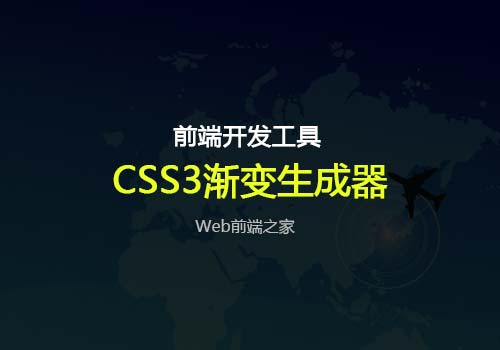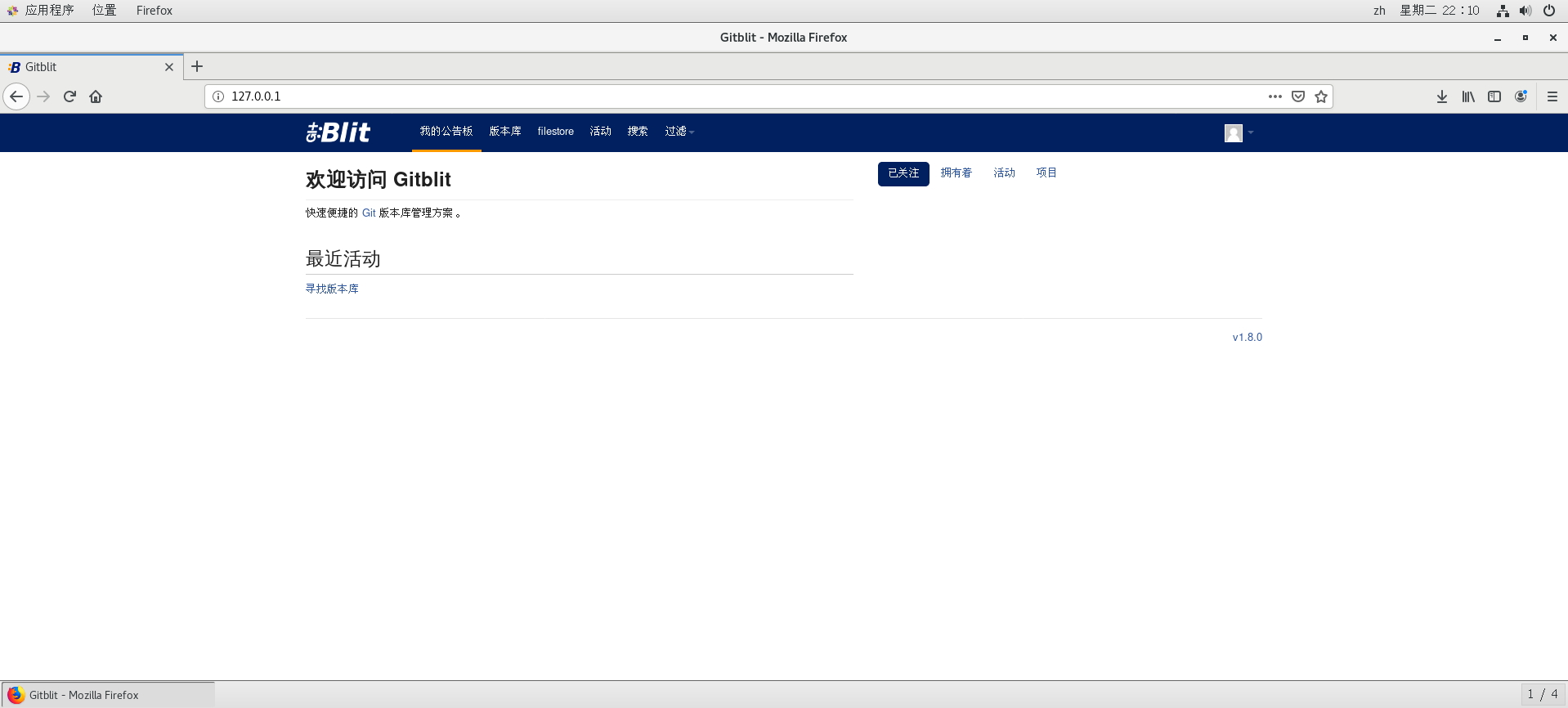公司很多旧的项目代码都是 python2 的,而新项目代码都是 python3,于是我自己本地也是同时搭建了两个版本的 python 环境,平时写代码都是在 python3 的环境写好,然后在 python2 环境再验证一下兼容性,目的就是为了保证两个环境能通用。由于经常会遇到一些需要进行兼容的问题,因此觉得需要一篇博客来记录一下。
判断 python 版本的方法 {#判断-python-版本的方法}
既然是为了让代码兼容 py2 和 py3,那么很多时候必须先知道当前执行脚本的 python 版本是什么,这样才能去执行对应版本的代码,如下方法是一些开源第三方库所使用到的或者和判断版本的方法。
1、通过 sys.version 可以直接获取当前 python 版本号
import sys
try:`
`if` `sys.version` `>=` `'2.3':`
`import` `textwrap`
`elif` `sys.version` `>=` `'2.2':`
`from` `optparse` `import` `textwrap`
`else:`
`from` `optik` `import` `textwrap`
`except` `ImportError:`
`sys.stderr.write("Can't import textwrap module!\n")`
`raise`
`
2、通过 sys.version_info 获取版信息
import sys
PY2 = sys.version_info[0] == 2
PY3 = sys.version_info[0] == 3
PY34 = sys.version_info[0:2] >= (3, 4)
if PY3:
string_types = str,
integer_types = int,
class_types = type,
text_type = str
binary_type = bytes
<span class="n">MAXSIZE</span> <span class="o">=</span> <span class="n">sys</span><span class="o">.</span><span class="n">maxsize</span>
else:`
`string_types` `=` `basestring,`
`integer_types` `=` `(int,` `long)`
`class_types` `=` `(type,` `types.ClassType)`
`text_type` `=` `unicode`
`binary_type` `=` `str`
`
3、使用 platform.python_version() 获取版本号
>>> import platform
>>> print(platform.python_version())
3.5.0
platform 可以获取到很多系统的信息,使用这个方法获取 python 版本信息其实不如上面两种常见。
被改名模块 {#被改名模块}
python3 和 python2 中除了修改了一些模块的用法外,还有少数模块的名称进行了修改,但是用法不一定改动了,如下记录是一些常见的被改名的模块
| Python2 中名称 | Python3 中名称 | |------------------|--------------| | ConfigParser | configparser | | Queue | queue | | SocketServer | socketserver | | SimpleHTTPServer | http.server |
print {#print}
Python2 中 print 是一个语句,而 Python3 中则是一个函数。
#py2
>>> print("hello world")
hello world
#py3`
`>>>` `print("hello world")`
`hello` `world`
`
上面例子看来好像二者没有区别,都可以正常打印,但是其实不一样,python2 其实把 ("hello world") 当做了一个整体,让我们来个更直观的例子
#py2
>>> print("hello", "world")
('hello', 'world')
#py3`
`>>>` `print("hello",` `"world")`
`hello` `world`
`
这样就很明显了,python2 是把括号的内容当做一个元祖输出的。
解决二者兼容的方法是在代码中引入一个模块,这样两个版本都可以使用带有括号的 print,并且输出也是一致的。
#py2
>>> from __future__ import print_function
>>> print("hello", "world")
hello world
base64 {#base64}
由于 python2 和 python3 在编码上面的一些历史原因,所有很多涉及到编码的模块都或多或少有一点使用上的区别,比如 base64 就是其中之一。
#py2
>>> import base64
>>> a = "assssdfghj4562"
>>> b = base64.b64encode(a)
>>> b
'YXNzc3NkZmdoajQ1NjI='
>>> c = base64.b64decode(b)
>>> c
'assssdfghj4562'
#py3`
`>>>` `import` `base64`
`>>>` `a` `=` `"assssdfghj4562"`
`>>>` `b` `=` `base64.b64encode(a.encode('utf-8')).decode('utf-8')`
`>>>` `b`
`'YXNzc3NkZmdoajQ1NjI='`
`>>>` `c` `=` `base64.b64decode(b.encode('utf-8')).decode('utf-8')`
`>>>` `c`
`'assssdfghj4562'`
`
 51工具盒子
51工具盒子




